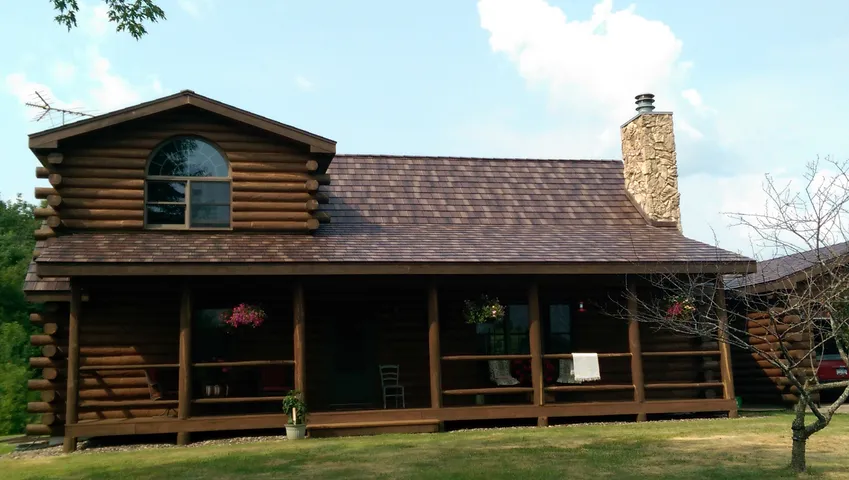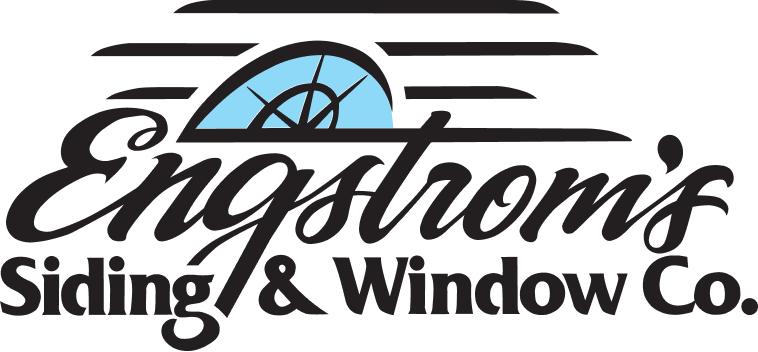A History of Metal Roofing

A History of Metal Roofing
Metal roofing is a popular choice for homeowners who need reliable protection from the elements, but many may wonder how this material initially became popular. It’s widely known that metal roofs can last for 70 years or more, but it may be challenging to find examples of their origins. The following guide examines the history of this durable roofing material.
The Ancient Roots of Metal Roofing
Copper has always been popular due to its durability and its wide availability. For that reason, it was widely used in ancient Rome, where copper shingles protected the dome of the Pantheon. Copper, zinc, and bronze continued to be used for cathedrals, castles, and other large buildings in medieval Europe. In many European cities, such as Italy and France, you can still find green copper roofs. Another popular material was lead, as architects could easily shape the soft, pliant metal.
The Modern Era
The first modern metal roofing was developed in 1794 when Robert Morris had an iron roof produced for his Philadelphia mansion. Manufacturers refined the process in England in 1829, adding corrugation to iron to produce thinner sheets covering a wider area. Galvanization, a process for coating metal in rust-resistant zinc, was later developed in France, making iron roofs more durable.
In the mid-1800s, tin-plated iron became the most popular roofing material in the United States, prized for its strength and cost. However, in the 1920s, cheaper manufacturing processes led to interlocking aluminum shingles overtaking tin, and builders used the material to construct sheds and homes. Today, tin, aluminum, copper, zinc, and other metal roofing materials are all widely available and increasingly popular for those who want a roof that will resist water and rust.
